Recent Atlantic hurricane activity is likely to only drive “limited” losses to top-layer insurance-linked securities (ILS) strategies, such as catastrophe bonds, but will contribute to keeping spreads in the ILS asset class “historically high”, Schroders Capital’s Nils Rode has said.
 The Chief Investment Officer of Schroders Capital has again highlighted the insurance-linked securities (ILS) asset class as one of his firm’s investment recommendations for the fourth-quarter of the year.
The Chief Investment Officer of Schroders Capital has again highlighted the insurance-linked securities (ILS) asset class as one of his firm’s investment recommendations for the fourth-quarter of the year.
Rode explained that Schroders Capital currently favours investments that can offer high income while benefiting from capital provision inefficiencies.
One of which is insurance-linked securities (ILS), which Rode also highlighted as a source of “uncorrelated income.”
“Today, many liquid markets have historically tight risk premiums, whereas excess return can be found in specialised sectors such as insurance-linked securities (ILS),” Rode explained.
Moving on to comment on the recent hurricane activity, Rode explained that impacts to most ILS are expected to be relatively minimal.
“Following Helene and Milton, the two major hurricanes that have recently hit the United States, the insurance and reinsurance industry will face significant losses,” Rode said.
Going on to explain that, “Top layers ILS strategies, including cat bonds, are generally exposed to even more severe events. We therefore expect to see a limited impact from these natural catastrophes on such strategies.”
But one thing the hurricane activity is already doing, evident in our discussions with the ILS and broader reinsurance market, is strengthening the resolve to sustain pricing and terms, as much as possible across contracts.
Hurricane Milton delivered a stark reminder of what could have happened had it sustained its stronger intensity and barrelled into Tampa Bay, while hurricane Helene has again driven home the fact named storms can have significant damage footprints and drive losses through related perils, such as torrential rains.
All of which has encouraged a renewed focus on risk adequacy in rates, while the loss development of the recent hurricanes provides another chance for both ILS investment managers and reinsurance capital providers to assess the performance and reporting of cedents, which can provide another valuable input.
Rode said that, “We anticipate that this hurricane activity will contribute to keeping spreads of the ILS asset class at historically high levels, making it one of the alternative fixed income asset classes that will continue to offer higher risk premiums.”
Rode also highlighted that continued geopolitical uncertainty around the world is continuing to underscore the importance of private market investment strategies and alternative asset classes.
He noted the continuing return to pre-pandemic levels of interest and funding, citing, “a favourable capital demand/supply balance for new investments.”
While also cautioning that, “While our private market investment outlook is optimistic, we believe that given ongoing geopolitical risks and escalation risks from ongoing conflicts, it remains essential to be highly selective and maintain a robust diversification within private market allocations.”
Risk spreads and overall yields in the catastrophe bond market remain at historically high levels, as you can see in our interactive chart.

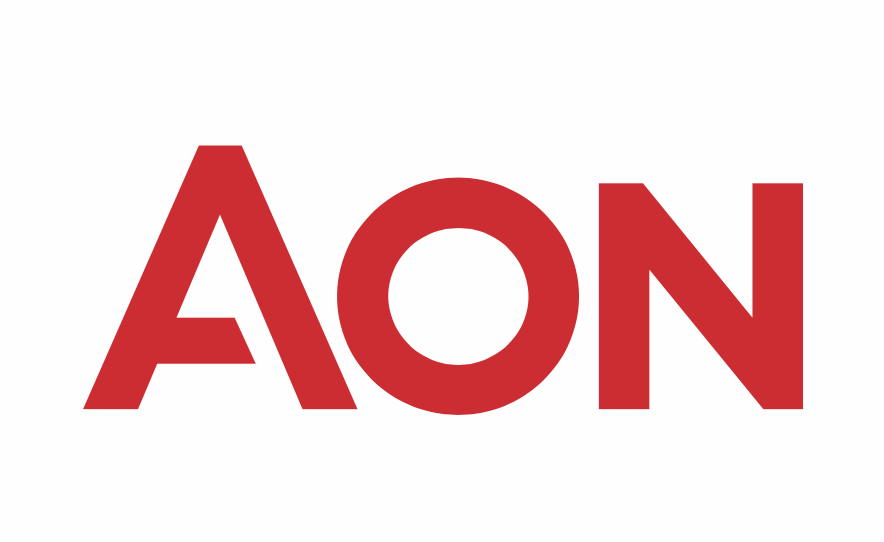

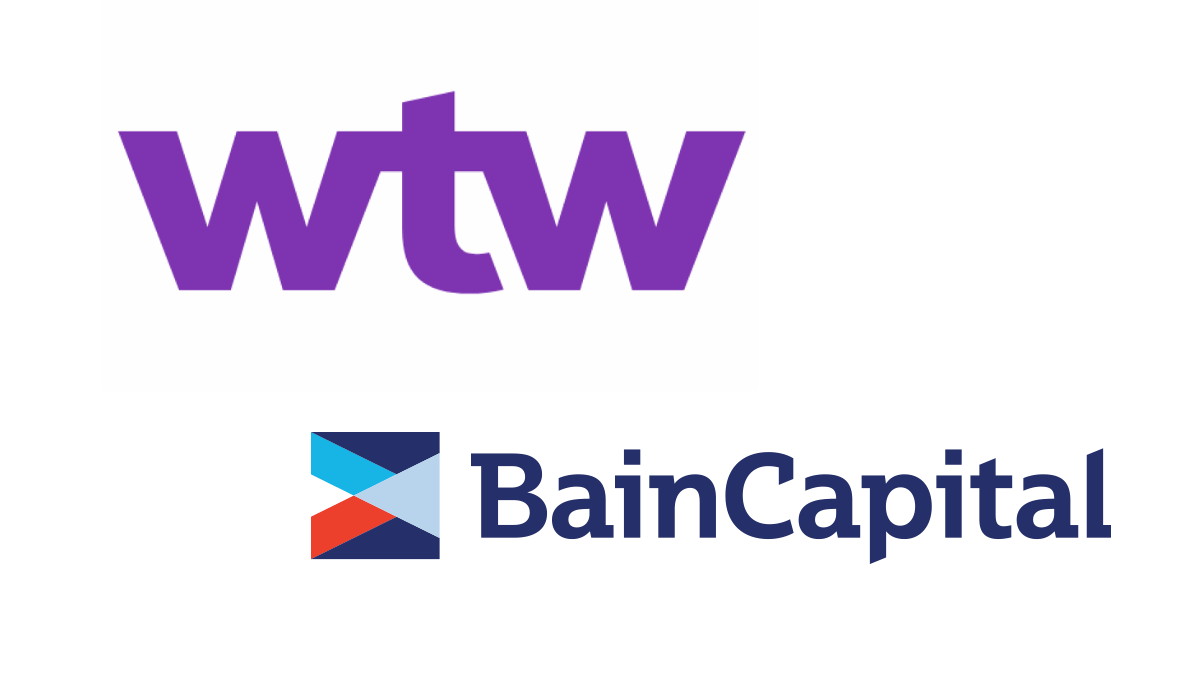
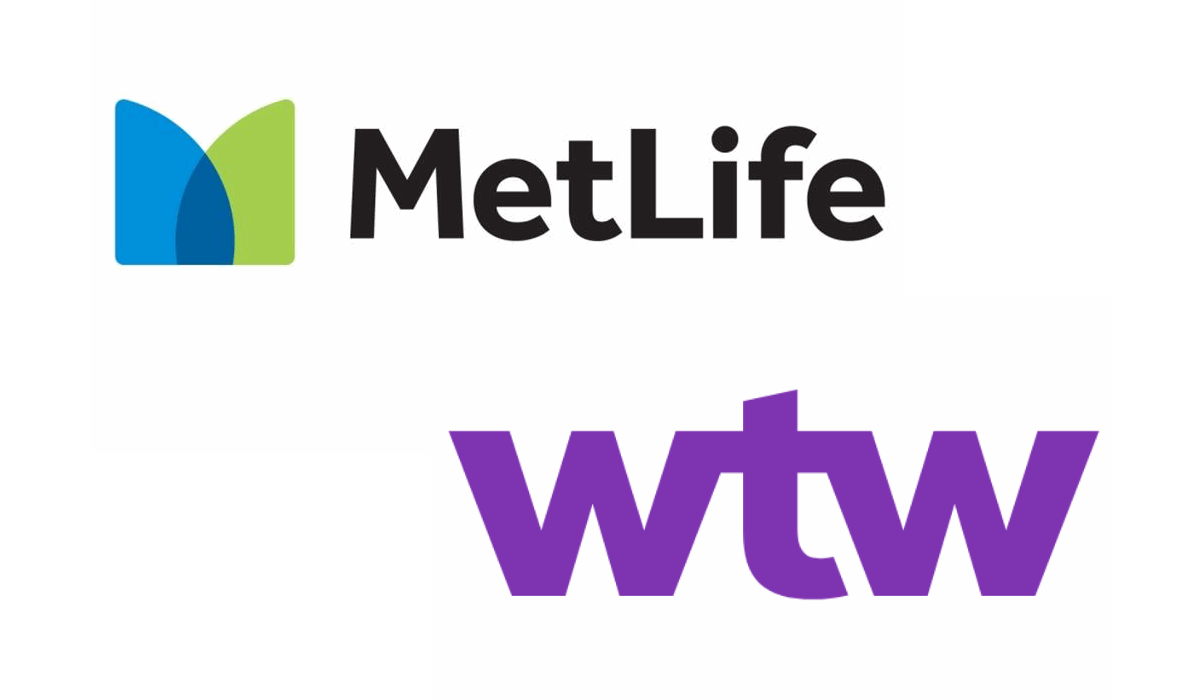
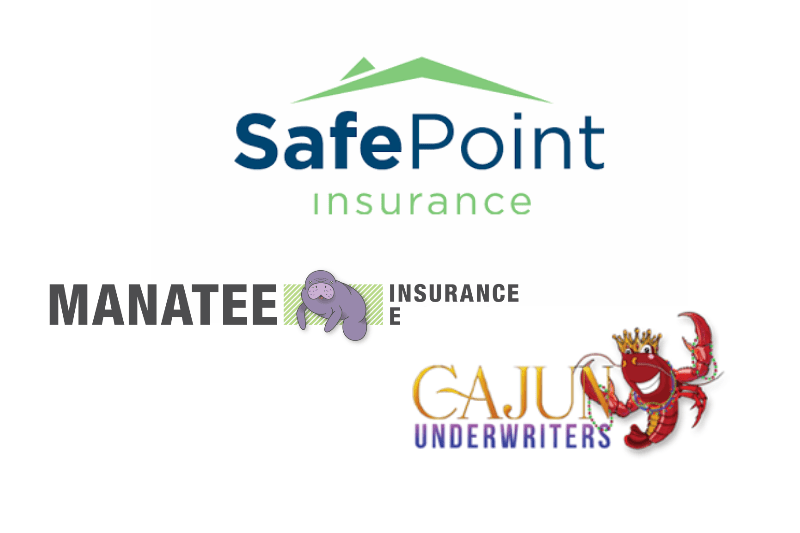

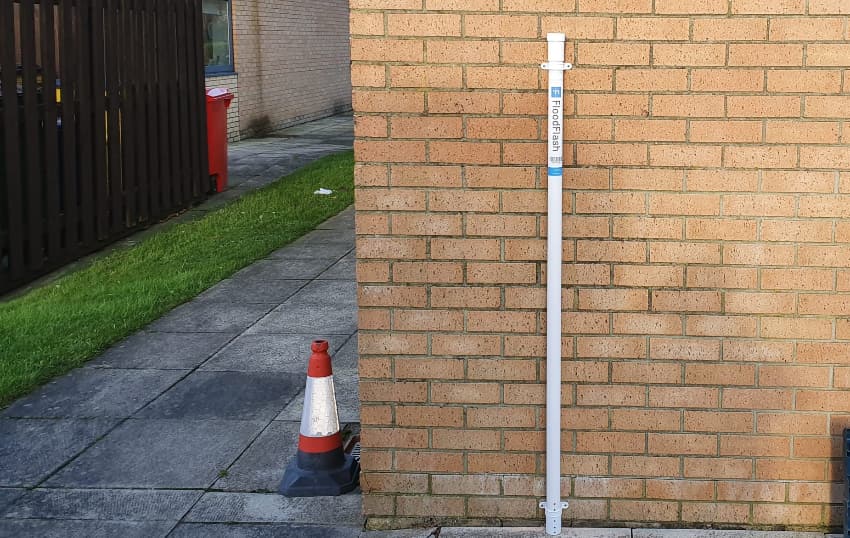
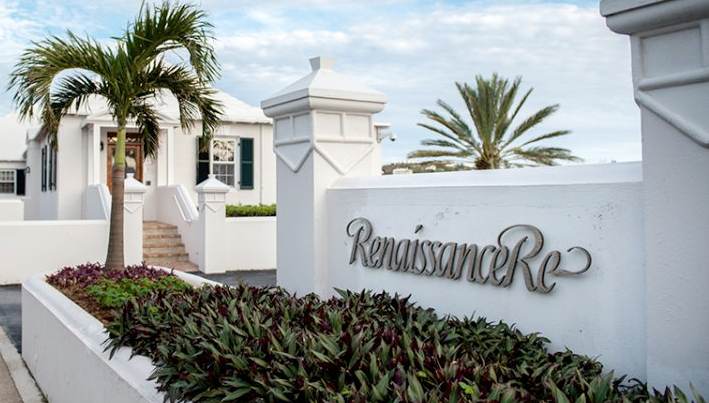

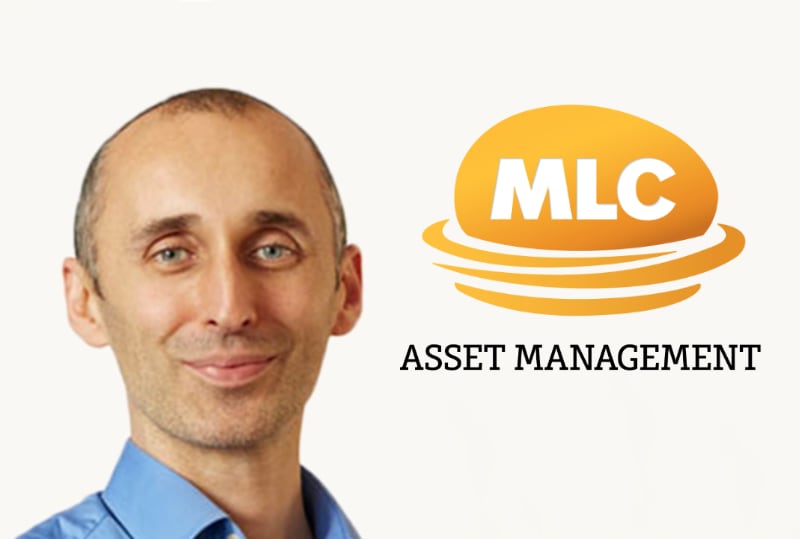
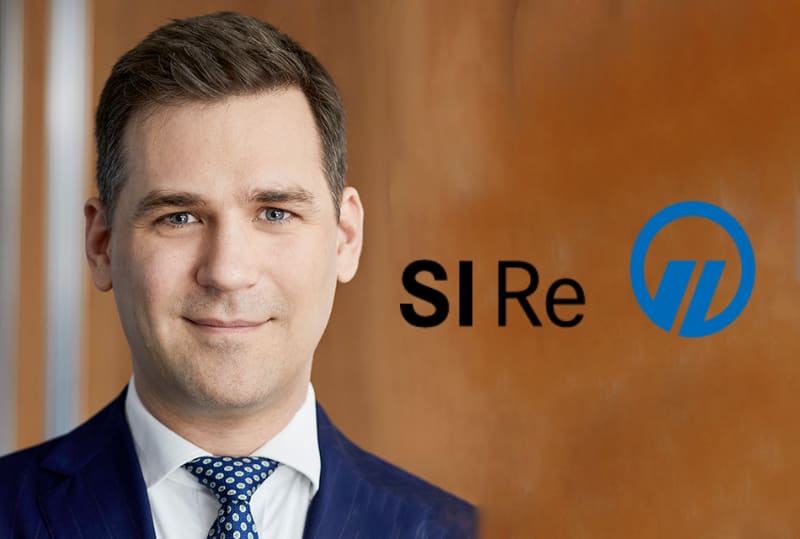








 English (US) ·
English (US) ·